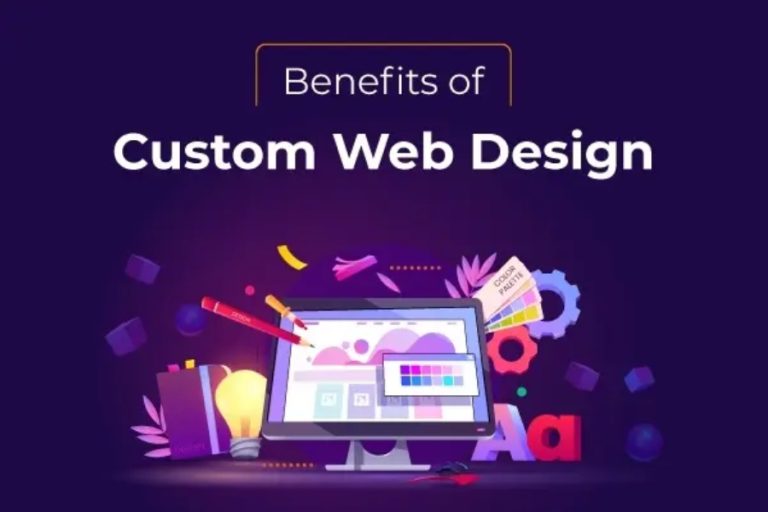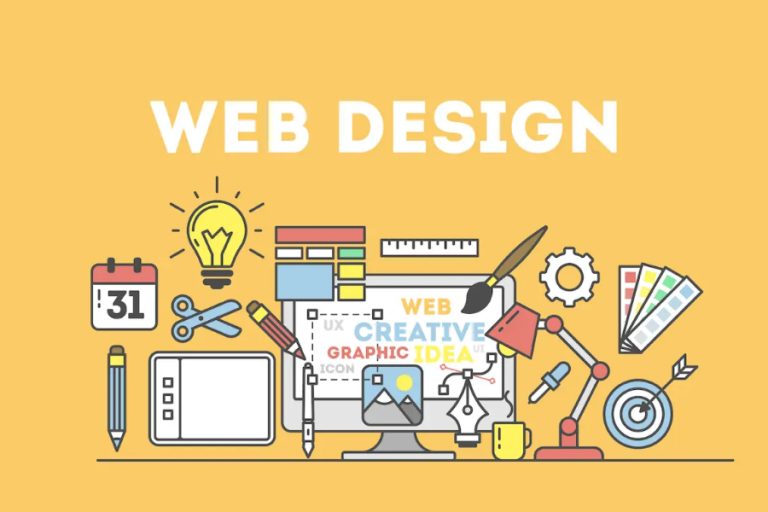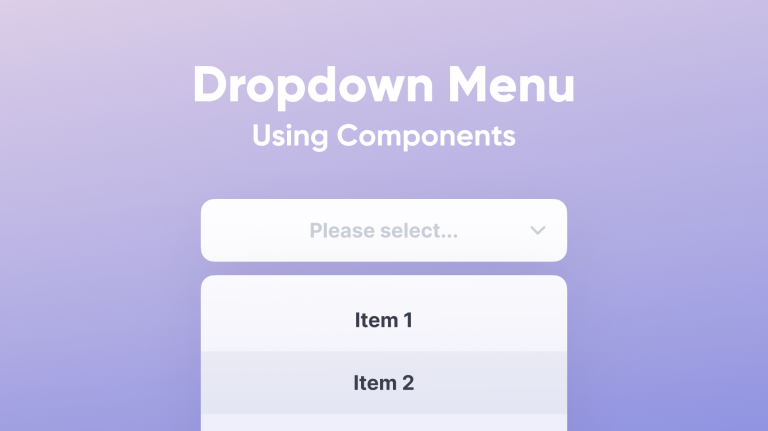The Role of User Experience in Web Design
In the digital realm, the Role of User Experience in Web Design is pivotal. User Experience (UX) encompasses all aspects of a user’s interaction with a website, focusing on enhancing usability, accessibility, and overall satisfaction. It plays a vital role in shaping how visitors perceive and interact with a website, ultimately influencing its success. From intuitive navigation to visually appealing layouts, every element contributes to the overall user experience. In this blog post, we’ll explore the significance of UX in web design, its impact on website success, and the principles and strategies behind creating exceptional user experiences.
Table of Contents
The Impact of User Experience on Website Success
A seamless user experience (UX) is paramount for Website Success. It directly influences visitor engagement, conversion rates, and overall satisfaction. Websites with intuitive navigation, responsive design, and visually appealing layouts tend to perform better as they enhance user satisfaction and encourage repeat visits. Conversely, poor UX can lead to high bounce rates, reduced conversions, and negative brand perception. By prioritizing user needs and preferences, businesses can optimize their websites to deliver exceptional experiences that drive success. In today’s competitive digital landscape, investing in UX design is crucial for staying ahead and building a strong online presence.
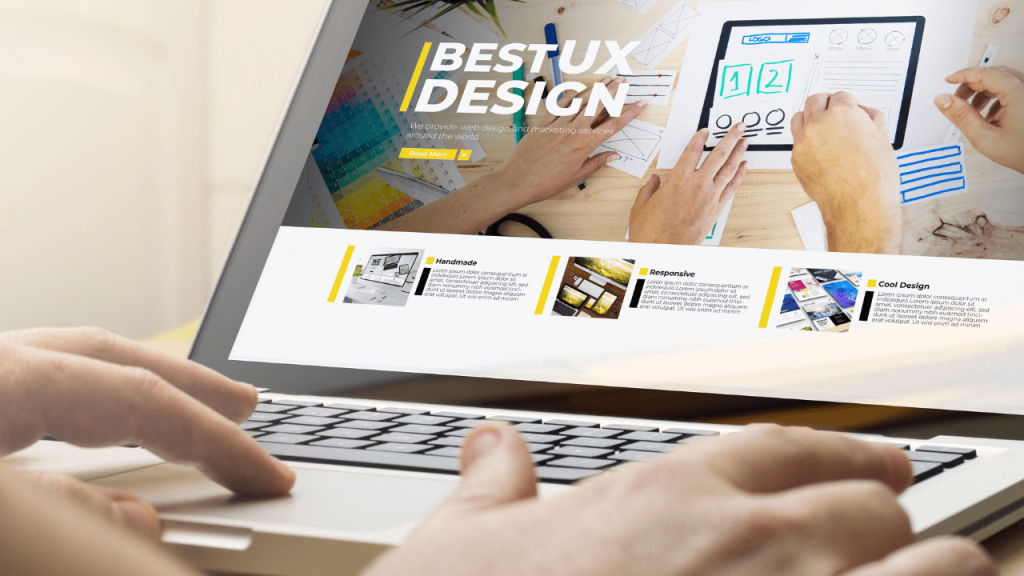
Role of User Experience in Web Design
- Understanding User Needs: Effective web design begins with a deep understanding of user needs, preferences, and behaviors. Conducting user research, surveys, and usability testing helps identify key pain points and opportunities for improvement.
- Intuitive Navigation: Clear and intuitive navigation is essential for guiding users through the website and helping them find the information they need quickly and easily. Implementing logical navigation menus, breadcrumbs, and search functionality enhances the user experience.
- Responsive Design: With the proliferation of mobile devices, responsive design ensures that websites adapt seamlessly to different screen sizes and devices. This improves accessibility and usability across desktops, smartphones, and tablets, catering to a diverse audience.
- Visual Appeal: Visual elements such as color schemes, typography, images, and multimedia play a crucial role in shaping the user experience. A visually appealing design creates a positive first impression and engages users, encouraging them to explore further.
- Accessibility: Web design should prioritize accessibility to ensure that all users, including those with disabilities, can access and navigate the website effectively. This involves adhering to accessibility standards, providing alternative text for images, and optimizing keyboard navigation.
- Performance Optimization: Fast loading times and smooth page transitions are essential for providing a seamless user experience. Optimizing website performance through techniques such as caching, image optimization, and minimizing HTTP requests improves user satisfaction and reduces bounce rates.
- Continuous Improvement: User experience is an ongoing process that requires constant monitoring, analysis, and refinement. Gathering feedback from users and using analytics tools to track user behavior helps identify areas for improvement and optimize the website over time.
Elements of Effective User Experience Design
| Element | Description |
|---|---|
| User Research | Conduct research to understand user needs, behaviors, and preferences through surveys, interviews, and testing. |
| Intuitive Navigation | Implement clear and logical navigation menus, breadcrumbs, and search functionality for easy website navigation. |
| Responsive Design | Ensure the website adapts seamlessly to different screen sizes and devices, providing a consistent user experience. |
| Visual Appeal | Use visually appealing elements such as color schemes, typography, images, and multimedia to engage users. |
| Accessibility | Prioritize accessibility by adhering to standards, providing alternative text for images, and optimizing keyboard navigation. |
| Performance Optimization | Optimize website performance for fast loading times and smooth page transitions through caching and image optimization. |
| Continuous Improvement | Continuously monitor user feedback and behavior to identify areas for improvement and refine the website over time. |
User-Centered Design Principles
- Understand user needs and preferences through research.
- Prioritize usability and accessibility in design decisions.
- Involve users in the design process through testing and feedback.
- Iterate and refine designs based on user insights.
- Ensure consistency and coherence across all aspects of the user experience.
- Design for efficiency, effectiveness, and satisfaction in user interactions.
- Strive for simplicity and clarity in interface design.
- Consider the context and environment in which users will interact with the product.
- Emphasize empathy and understanding of users’ goals and motivations.
- Continuously evaluate and improve the user experience based on feedback and data.
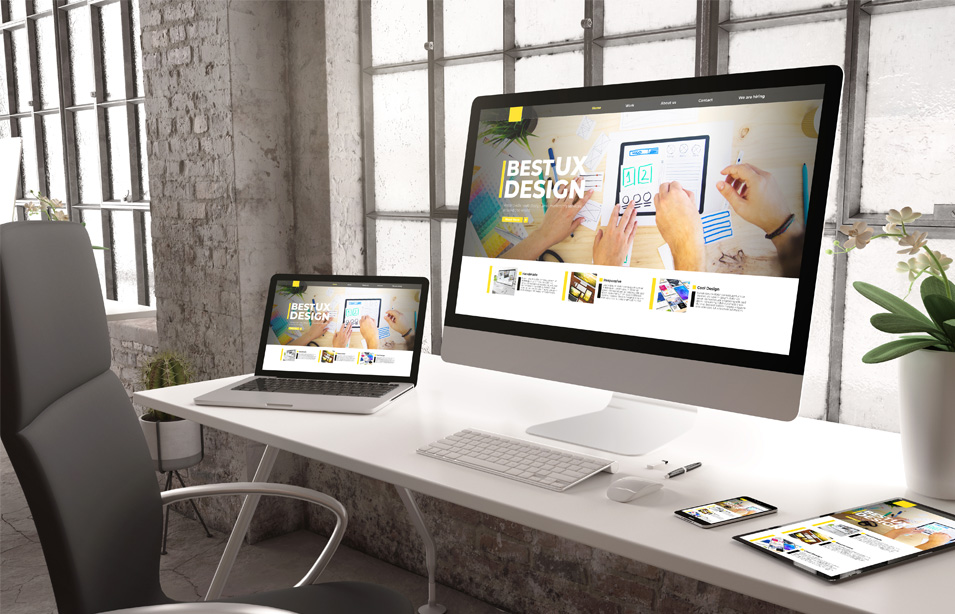
Challenges and Solutions
- Technical Complexity: Addressed through comprehensive planning and collaboration between developers and stakeholders. Utilize agile methodologies for iterative development.
- Budget Constraints: Prioritize project requirements and allocate resources efficiently. Consider open-source solutions and outsourcing non-core tasks to reduce costs.
- Communication Gaps: Establish clear channels of communication and foster transparency among team members. Implement project management tools for streamlined collaboration and documentation.
- Scope Creep: Define project scope and requirements early on. Implement change management processes to evaluate and prioritize new features or modifications.
- Resource Management: Optimize resource allocation and task delegation. Regularly assess project progress and adjust timelines and resources accordingly.
- Quality Assurance: Implement rigorous testing protocols and conduct regular reviews to identify and rectify issues early in the development process.
- Security Concerns: Prioritize cybersecurity measures and adhere to best practices in web development security. Conduct regular audits and updates to mitigate potential vulnerabilities.
- Scalability: Design for scalability from the outset and regularly assess and optimize performance to accommodate growing user demands.
- User Experience: Incorporate user-centric design principles and conduct usability testing to ensure an intuitive and engaging user experience.
- Maintenance and Support: Establish post-launch support mechanisms and provide ongoing maintenance to address issues and keep the website functioning optimally.
Conclusion
In conclusion, the role of user experience in web design is paramount for achieving success in the digital landscape. By prioritizing user-centric design principles, implementing effective strategies to address challenges, and continuously refining the user experience, businesses can create engaging, intuitive, and high-performing websites that meet the needs and expectations of their target audience. Through a combination of thoughtful design, ongoing optimization, and a commitment to user satisfaction, organizations can differentiate themselves in a competitive market, drive user engagement and loyalty, and ultimately, achieve their business objectives. By embracing the role of user experience in web design, businesses can unlock opportunities for growth, innovation, and long-term success in the digital realm.
Read More Challenges in Custom Web Development and How to Overcome Them
FAQ’S
Why is user experience important in web design?
User experience influences how visitors interact with a website, impacting engagement, conversion rates, and overall satisfaction.
How can businesses improve user experience on their website?
Businesses can enhance user experience by conducting usability tests, optimizing site navigation, and prioritizing responsive design.
What are the common challenges in user experience design?
Challenges include meeting diverse user needs, balancing aesthetics with functionality, and ensuring consistency across devices and platforms.



